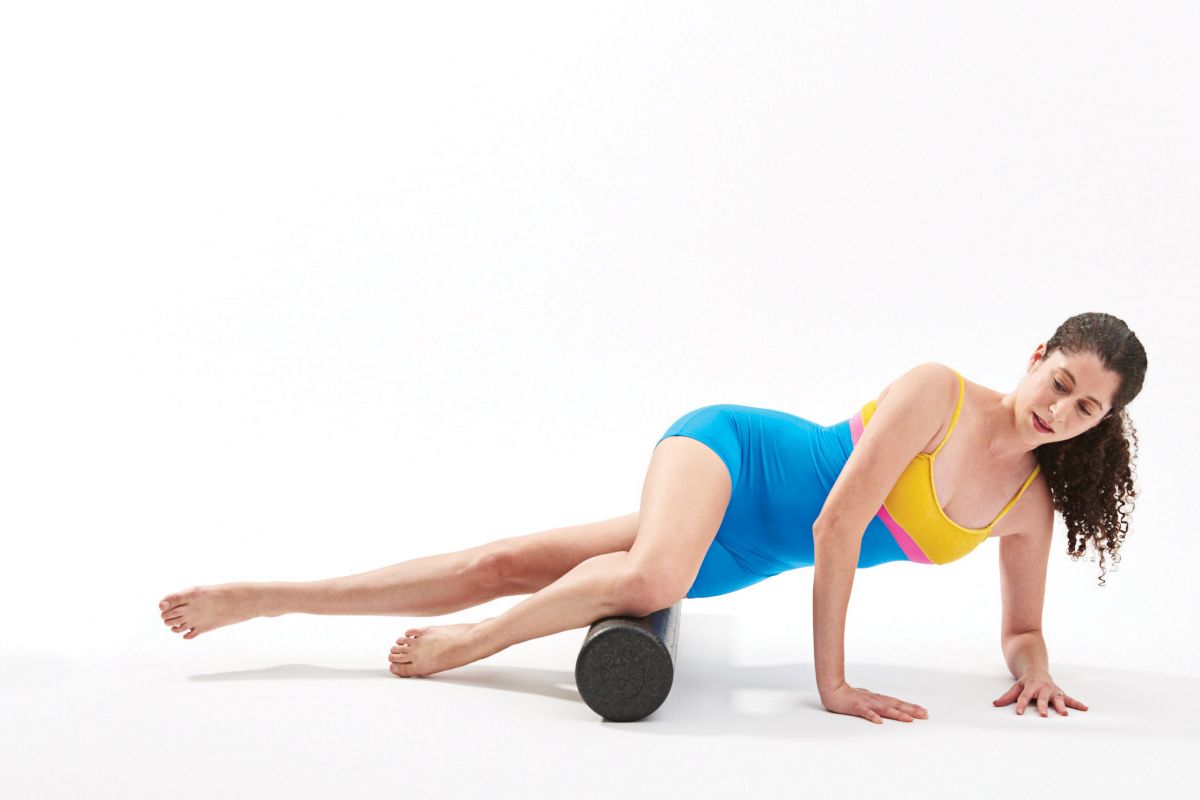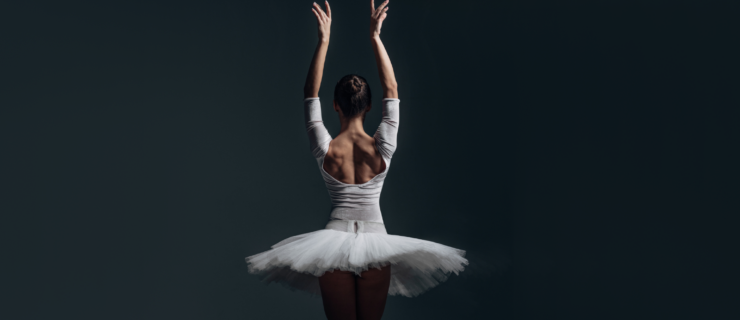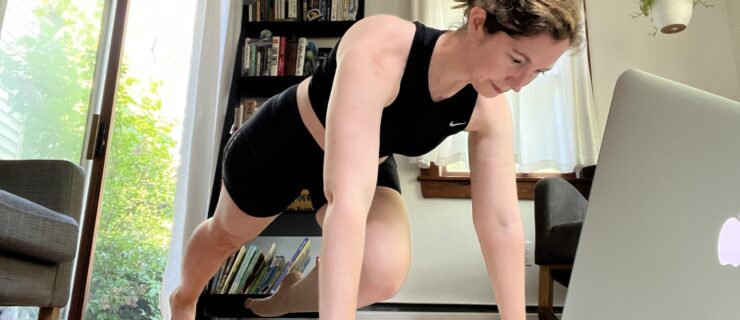5 Ways to Release Your IT Band and TFL
This story originally appeared in the October/November 2016 issue of Pointe.
You may not understand exactly what causes a tight IT (iliotibial) band, but you’ve probably experienced that uncomfortable tension along the outside of your thigh. While it’s not actually a muscle, the IT band may require daily stretching, says Suzanne Semanson, physical therapist at New York University Langone Medical Center’s Harkness Center for Dance Injuries. The IT band is made of fascia, or tough connective tissue, that attaches to the pelvis through the tensor fascia lata (or TFL)—a small muscle between the pelvis and femur—and runs down to the outside of the knee.
When you’re dancing with a fully extended knee, the IT band stabilizes the knee so that it doesn’t move sideways out of alignment. However, “it is commonly tight in dancers due to compensatory patterns and overuse of the TFL,” says Semanson. For example, if you force your turnout too much from your knees or rely on the TFL (instead of muscles in the hip) for développés to the front or side, this area might be too tight. The IT band and TFL can also build up excess tension from the demands of dancing several hours a day.
Experiment with the following stretches to find which work best for you. Each can be done for two sets of 30 seconds per side. If your thighs feel worse afterward, check your form or back off the intensity, says Semanson. Save these static stretches for after class or rehearsal when your body is already warm.
You’ll need:
- a small ball with some give, like a tennis, bouncy or lacrosse ball
- a foam roller
- a yoga strap
Before You Stretch
“Foam rolling or ball release should precede stretches,” says Semanson, “because it will break up the adhesions and allow more effective lengthening of the tissue during the stretch.”

Nathan Sayers, modeled by Nicole Buggé.
Ball Release for TFL:
Lie on your side as shown, and place a small ball under your TFL (feel for the muscular pocket between the pelvis and femur). Allow the weight of the pelvis to sink into the pressure of the ball for about 30 seconds. If it is too intense, you can prop your top leg on a foam roller placed in front of your legs.

Nathan Sayers, modeled by Nicole Buggé.
Foam Rolling for IT Band:
Lie on your side with your legs stacked and straight, and place a foam roller under the outside of the bottom thigh. Slowly roll up and down the IT band, pausing at areas that are particularly tender. If this is too intense, rest your top leg in front of you on the roller.
Standing Stretch
Place your right palm against a wall. Stand with your front (left) leg bent and in parallel and your back (right) leg crossed behind it and slightly turned out. Place more weight on the back leg and sit your right hip toward the wall. Fine-tune the stretch by slightly tucking or sticking out your rear end. This set-up will stretch your right IT band.
Nathan Sayers, modeled by Nicole Buggé.
Lying Stretch with Strap
“This is one of my favorites,” says Semanson, “but do not do this if you have any knee injuries.” Lie flat with one leg lifted to about 90 degrees and a yoga strap looped around that foot. Cross your leg over your body, and try to keep your hips square and spine long. The internal rotation also gives dancers a break from turning out.

Nathan Sayers, modeled by Nicole Buggé.
Lying Stretch with Body Weight
Lie on your back with knees bent and your left foot a couple inches outside of your left hip. Cross your right calf over your left thigh. Allow the weight of the right leg to draw your left thigh in and down toward the floor. You should feel the stretch on the outside of your left hip. If it’s too intense, put your dance bag under your knee for support. “Try to relax into the stretch,” says Semanson.

Nathan Sayers, modeled by Nicole Buggé.





